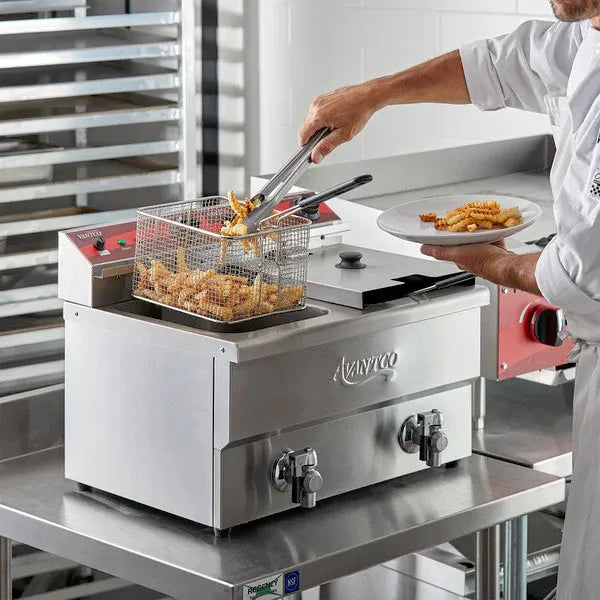
Countertop Fryers
Pros
-
Space-saving, portable design is great for small footprint kitchen
-
Easy to use and maintain
-
Ideal for small restaurants, food trucks, and concession stands
-
Ventless countertop models available that possess top-tier filtration for increased convenience and safety
Cons
-
May have difficulty keeping up with high-volume demand

Floor Fryers
Pros
-
Best for high-volume restaurants that sell large quantities of fried food
-
Able to handle constant use throughout the day
-
Typically has a quicker recovery time in between batches than countertop fryers
Cons
-
Most will need hood ventilation
-
May be difficult to accommodate in small footprint kitchens






















